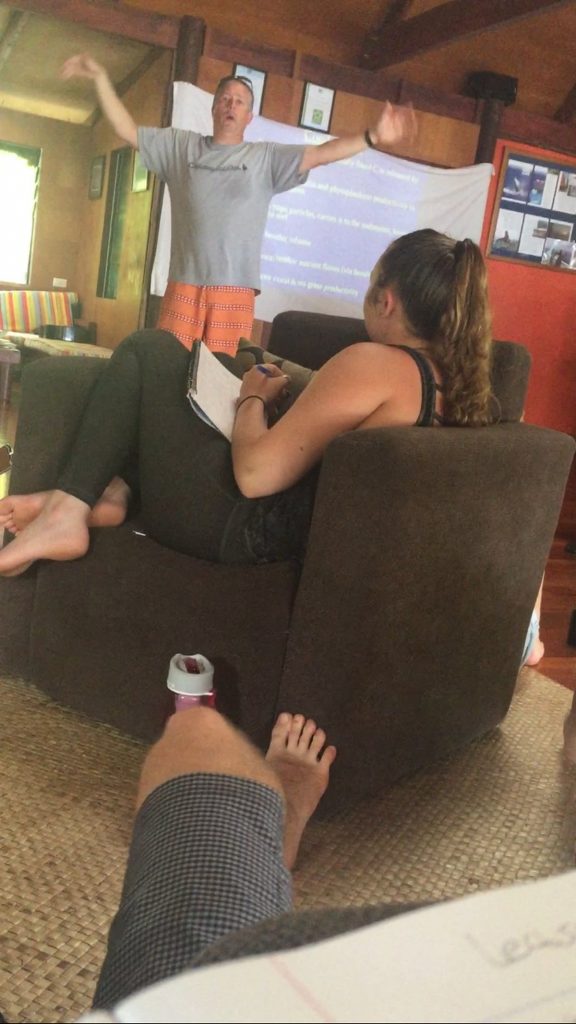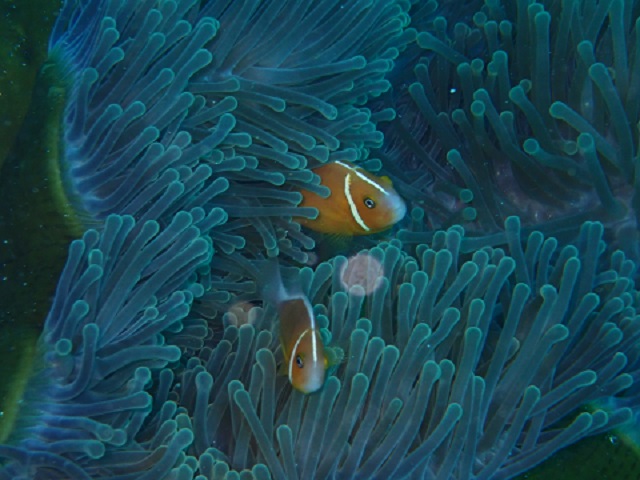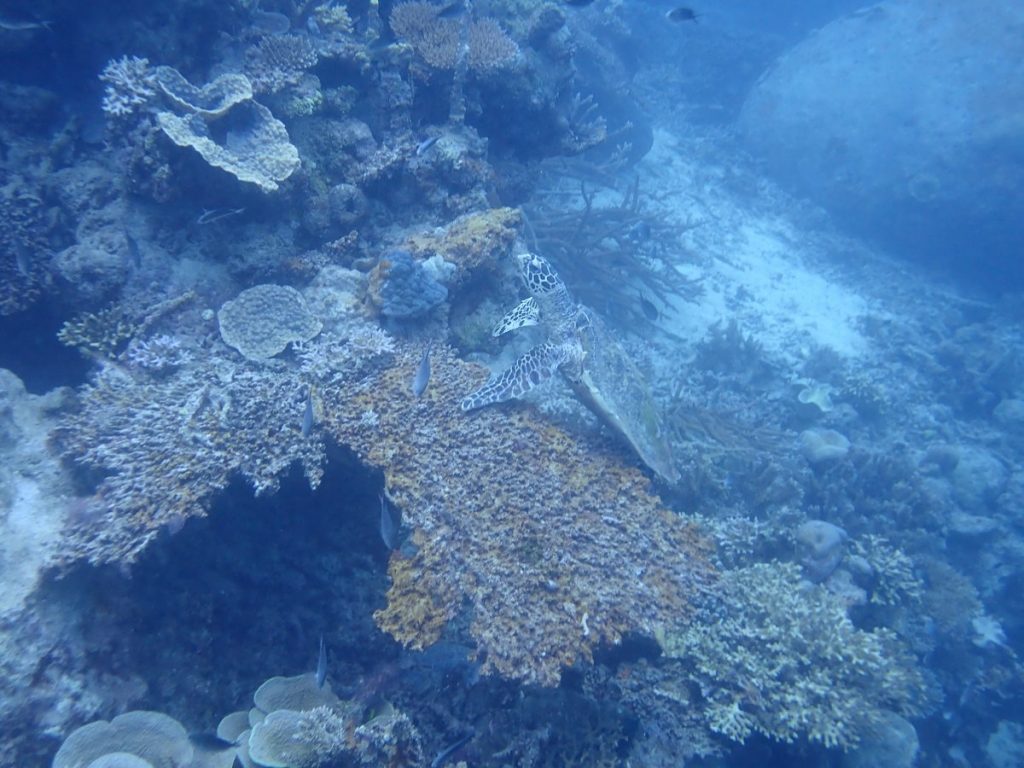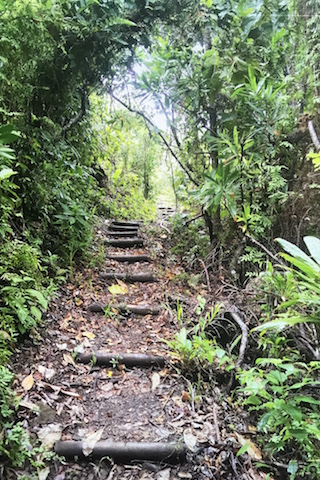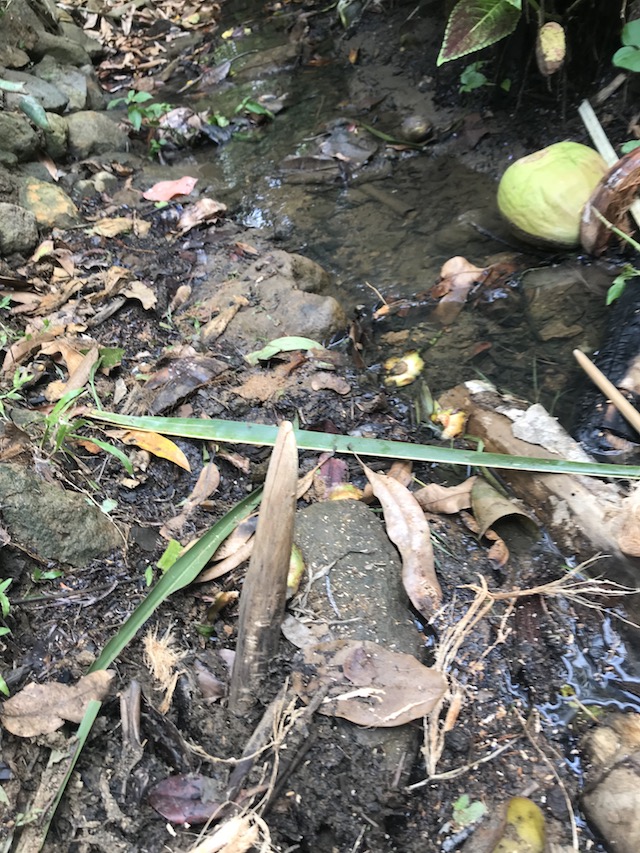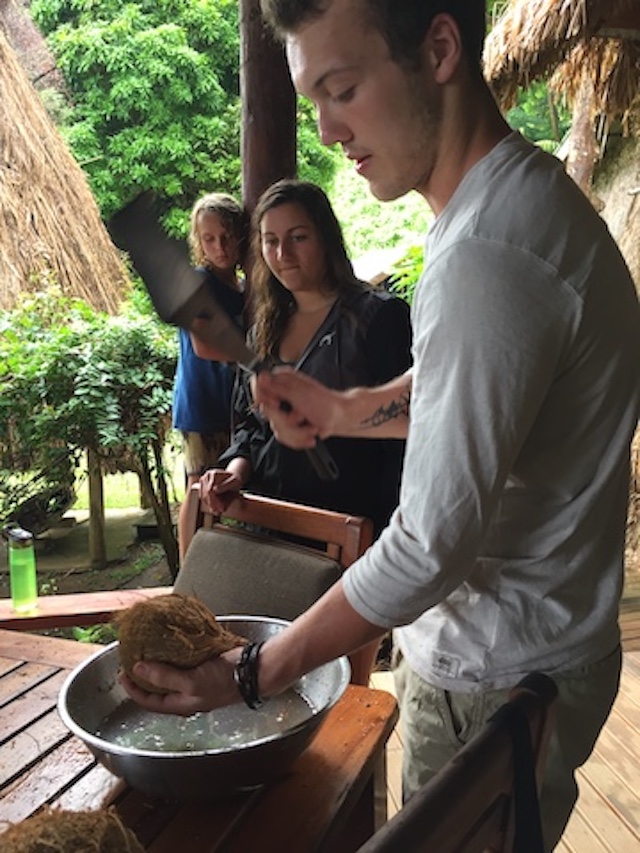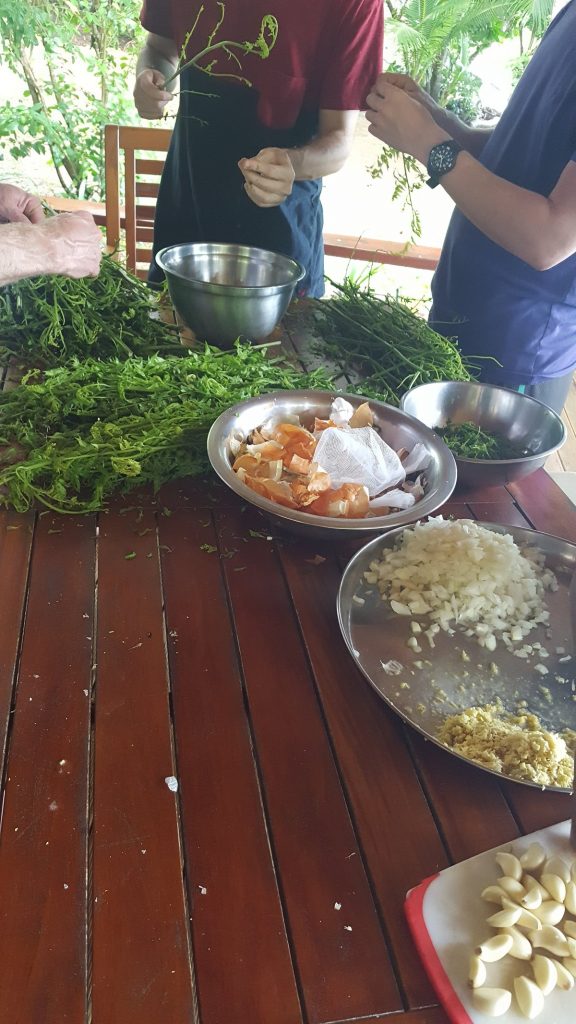The cell transmitter tower that Matava uses for its Wi-Fi accessibility has been down since the 10th of January. It’s still down as I write this; I have no idea when these blog posts will go up. It may not be until we arrive back in Nadi, or even LAX. This isn’t exactly surprising, since we’ve had a few storms over the past few days, but it is inconvenient. Or at least, it is to us college students, who are so used to the Internet being available almost without interruption. I’ll admit it’s been a difficult adjustment: I miss my family and friends, and want to let them know I’m still alive and okay and having a great time.

The plane we took to get from Nadi to Kadavu, and that we will take to get back. There were fourteen(?) of us total and we filled almost all of the available seats.
At the same time, I suppose it’s good to get away every once in a while. I probably wouldn’t enjoy myself nearly as much if I could disappear into the online world whenever I wanted. As it stands, lacking anything better to do, I’ve been absorbing as much of the atmosphere and imagery Kadavu and Matava have to offer. We’ve had storms since we got here, yes, but also days of bright, clear sunshine and cooling breezes. I’ve seen so much more ocean life than I could have hoped to imagine. I’ve been coming out of my shell around the other students a bit more.

The view from the boat leaving the village by the Kandavu airport behind as we set out towards Matava on the first day.
I guess a little remoteness now and then doesn’t hurt.
– Delphine


